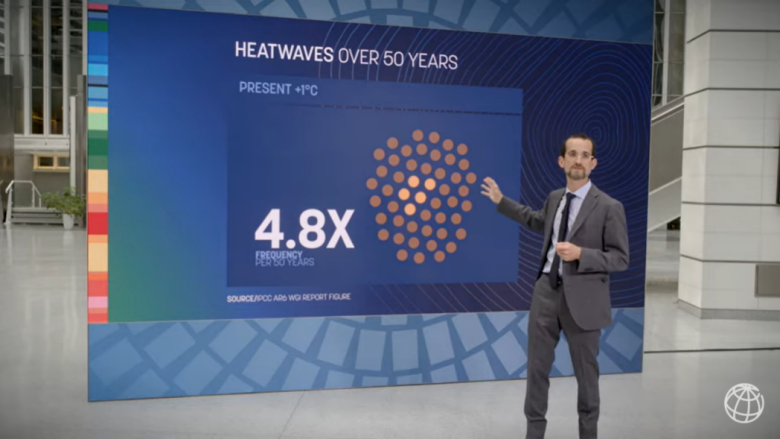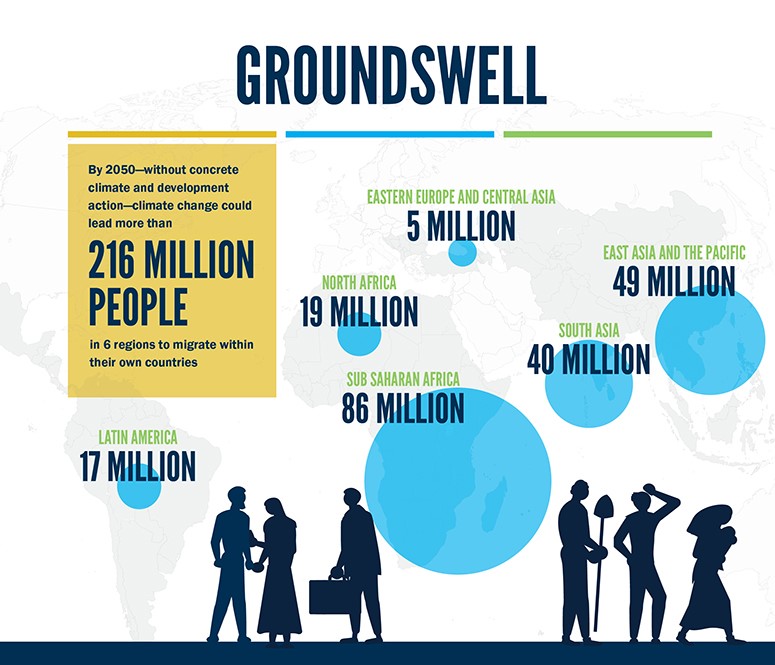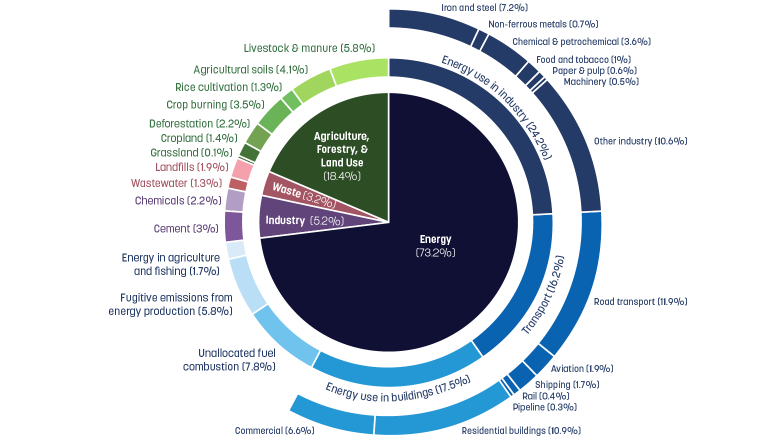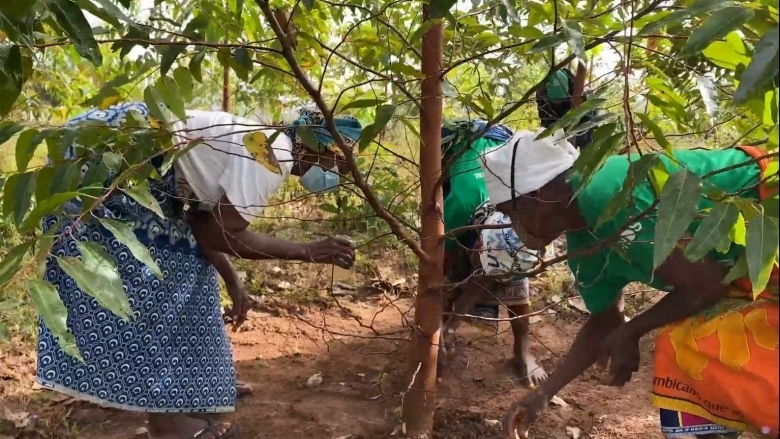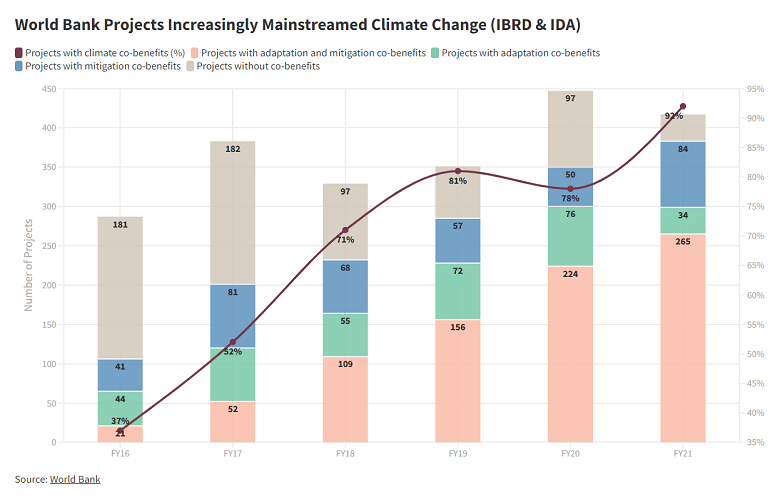5X -- The order of magnitude by which climate change is making intense heat waves more likely
“Since 1850, the earth has warmed by 1 degree Celsius. It looks small, but it’s enough to multiply by 5 the frequency of extreme heat waves: what used to be an exceptional heat wave happening once every 50 years, now happens every 10 years,” says World Bank Senior Climate Advisor, Stéphane Hallegatte.
What may the future hold? Dive into the data with Hallegatte.
For more climate data videos see the World Bank Group at COP26 on YouTube.
